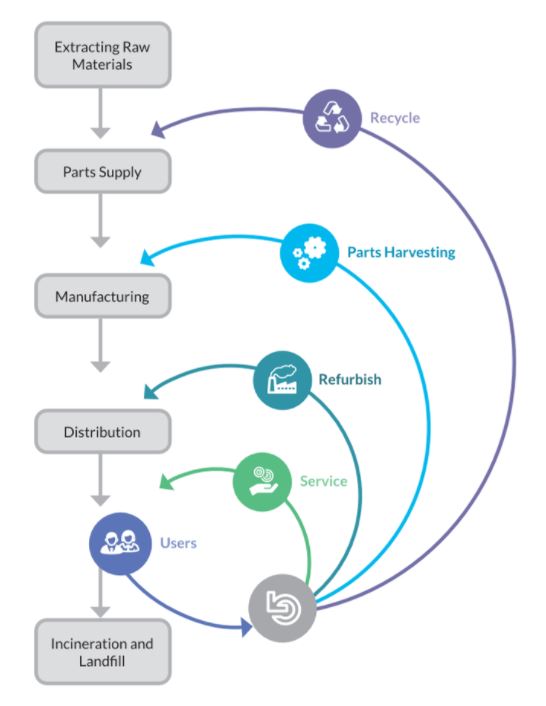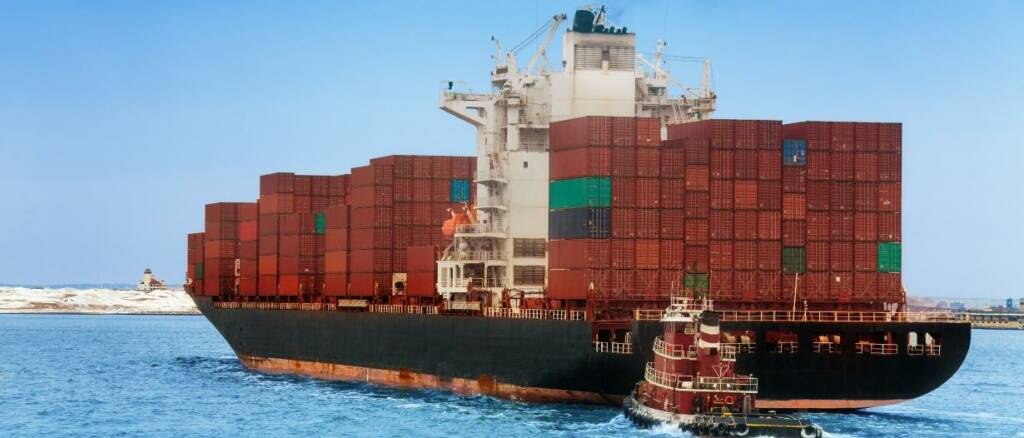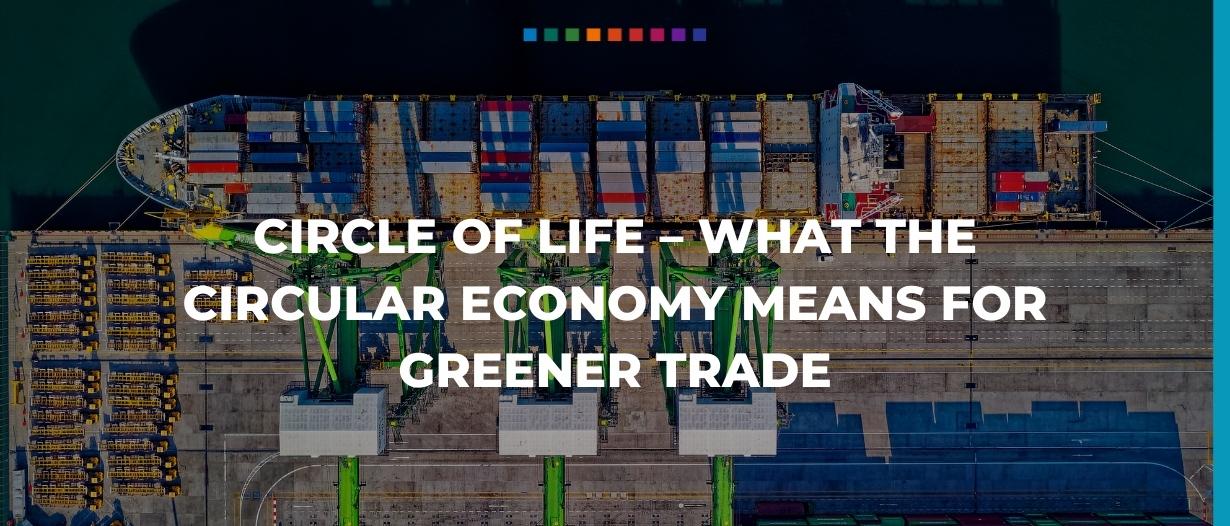Much like Simba, those of us who grew up watching the Lion King learned a great deal from Mufasa.
We learned that life is not a linear process from beginning to end, but a circular one, where what is left at the end of one life does not merely disappear into the abyss, but rather directly contributes to the flourishing of a new one.
As Mufasa has been telling Simba since this iconic film was first released in 1994: “When we die, our bodies become the grass, and the antelope eats the grass. And so we are all connected in the great Circle of Life.”
The circular economy
Off the silver screen and three decades later, the concept of a circular economy has grown in prominence.
A circular economy is an alternative to the traditional linear economy where goods are simply made, used, and then disposed of.
In this circular model, we keep resources in use for as long as possible, extract the maximum value from them while in use, and then recover and regenerate products and materials at the end of each service life.
As the following image shows, there are countless ways that the circular economy can be put into practice.

A great example that many consumers would be able to relate to is Marks and Spencer’s new initiative to encourage the resale of their children’s clothing lines.
Rather than simply sending used clothing to the trash once it has been outgrown, this new initiative invites people to resell the products on their online platform.
The clothing labels themselves have even been designed with a spot to write the names of various owners as the garment changes hands over the course of its life.
This initiative helps families acquire clothing for cheaper, regain some value from reselling them down the road, and most of it all it helps keep more clothing out of the landfill.
Similar circular economy initiatives can be seen in the manufacturing world.
Kalundborg Symbiosis is a partnership of several public and private companies in Kalundborg, Denmark.
The main principle of the project is that a waste stream in one company becomes a resource in another, benefiting both the environment and the economy.
Today, more than 20 different streams of excess resources flow between the companies.
Drivers for the circular economy
Proponents of circular economies believe strongly that the linear model is both wasteful and unsustainable.
A number of factors contribute to the disruption of the traditional model:
- Economic loss and structural waste: The current economic model of value creation (make-use-dispose) is wasteful. On top of this, current recycling and energy recovery programs capture very little of the original raw materials and energy investment.
- Price risks: Since the COVID-19 pandemic disrupted global supply chains, there has been significant uncertainty in the price of raw materials, discouraging investment and increasing the cost of hedging.
- Supply risks: Many nations are importers of non-renewable resources and this global demand puts the supply of raw materials themselves at risk.
- Degradation of natural systems: environmental damage related to the linear model – such as loss of biodiversity, land degradation, and ocean pollution – are affecting the productivity of economies.
- Advances in technology: New technology allows the creation of circular economy business approaches that were previously not possible. These advances allow for better tracking of materials, improved logistics set-ups, and increased use of renewable energy.
- Alternative business models: Sharing economy services like Uber or Airbnb are changing the way that people interact with the world around them. These business models allow consumers to access services directly rather than needing to own the products that deliver them.

The circular economy for importers and exporters
When it comes to the circular economy for importers and exporters, it is important to consider the wide geographical spread that is likely to exist as this can impact the decisions of manufacturers that intend to follow a circular economy model.
For example, they will need to consider whether or not the added costs associated with shipping reclaimed material back to their home country would be enough to offset the costs of setting up facilities to handle these processes on-shore.
This can become very complex when one product may have many different components and raw materials sourced from many different countries.
Furthermore, foreign suppliers should also examine their operations to see if there are other potential revenue streams that have historically only been considered waste.
Perhaps there is another nearby manufacturing firm looking to source the exact by-product of your manufacturing process like is done in Kalundborg.
For importers and exporters, it will be critical to clarify whether imported or exported goods have recycled materials, have been remanufactured, or contain reused components.
These practices may have implications for labelling, traceability, certificates of origin, and other health and safety certifications.
This is especially the case since many countries around the world have wide disparities in terms of the regulations that are in place.
Bringing it all full circle.
As the many factors of the global economy continue to necessitate cost-saving measures and improved sustainability practices, the circular economy is likely to continue to grow in popularity.
This new approach is a great way to divert waste into other uses so as to truly maximize the useful life of any product.
Even at the end of that useful life, many goods might still be put to use as raw inputs for other products.
Like Simba fought Scar, by transitioning to and embracing the circular economy, we too can help ward off the environmental scars of climate change and commit to a more sustainable future.
























